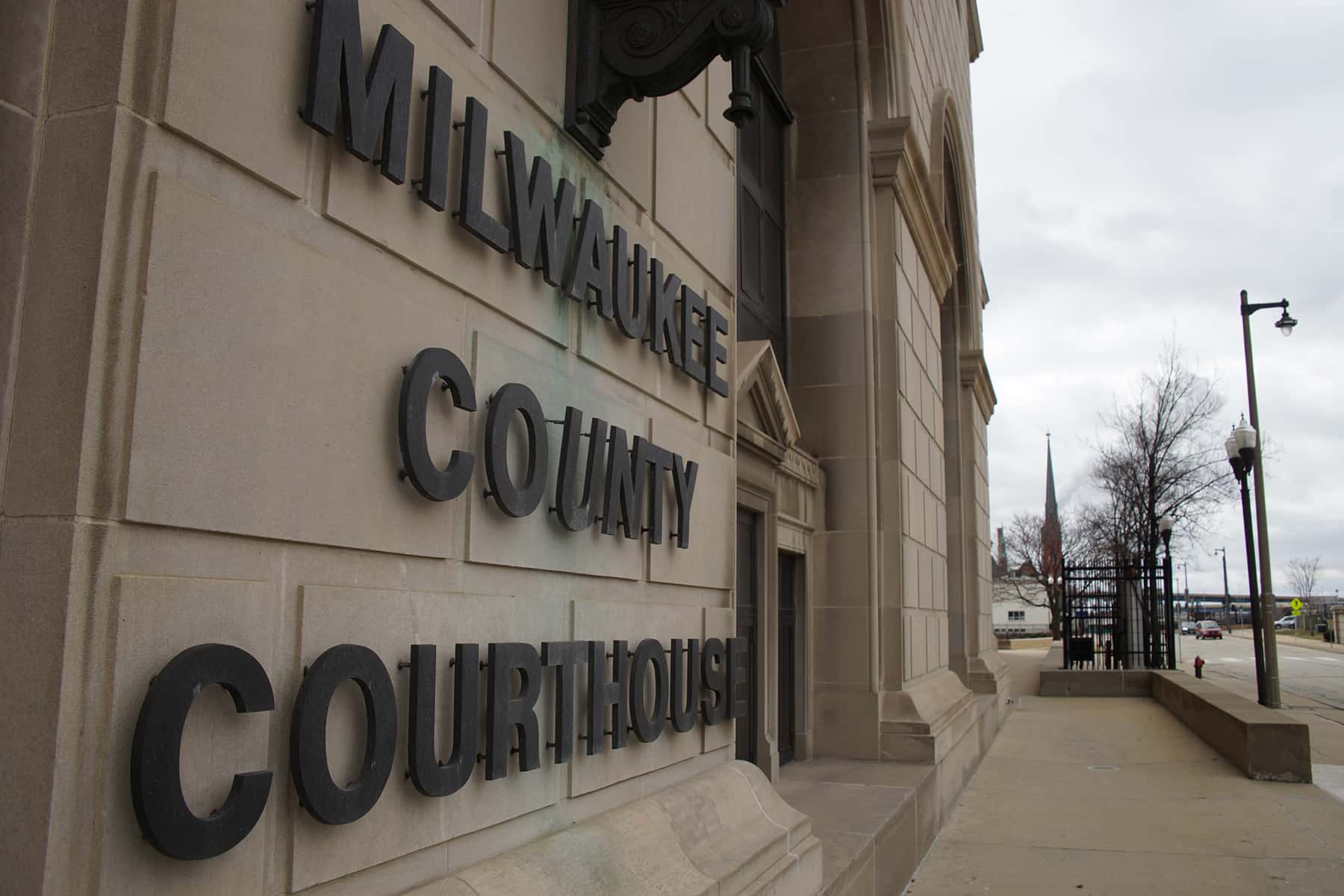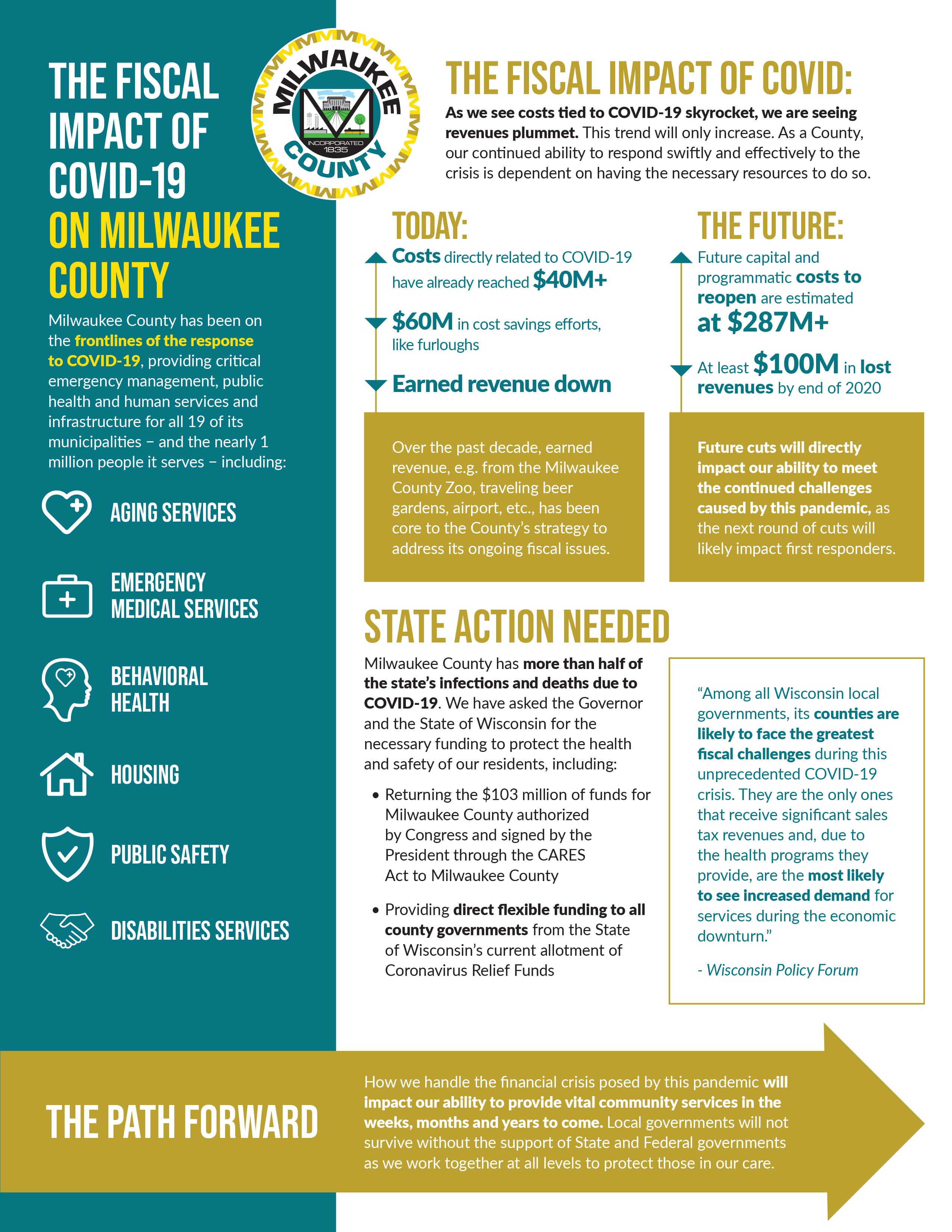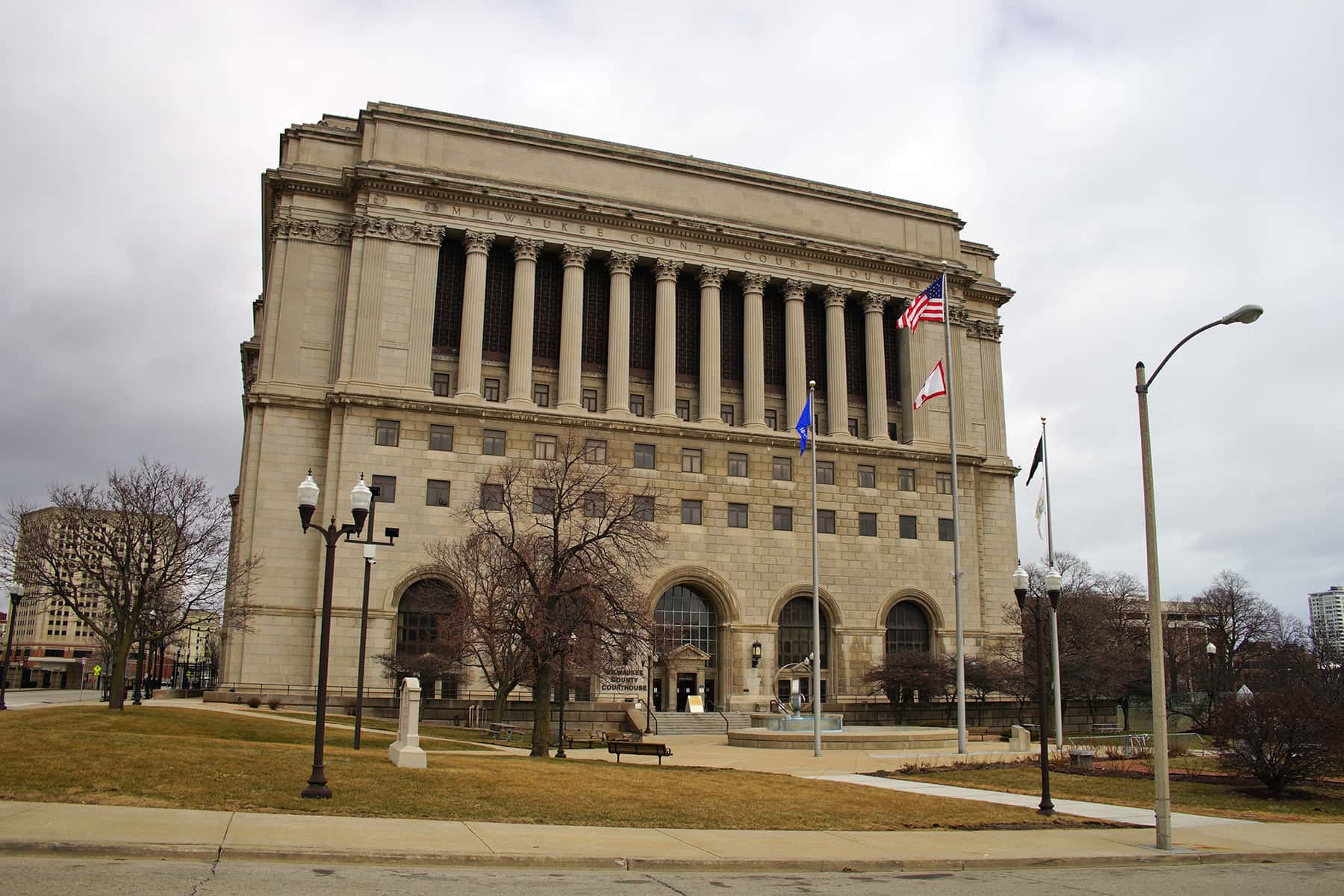
Milwaukee County Executive David Crowley reached out to State and Federal officials on May 14 to support funding for Milwaukee County’s response to COVID-19, which has disproportionately impacted Milwaukee County residents.
Milwaukee County has already seen an estimated $450 million impact on the budget, including through direct costs in COVID-19 related response and lost revenue.
The County has been on the frontlines of the response to the pandemic, providing critical emergency management, public health and human services, and infrastructure.
“Milwaukee County and its employees are on the front lines of our community’s response to COVID-19, providing the critical emergency management and direct services, which are essential in a crisis, to all 19 Milwaukee County municipalities, and their residents,” said County Executive Crowley. “The costs of providing critical services related to the COVID-19 pandemic are staggering and intensified by the economic slowdown, causing significant strain on an already strapped County budget. In total, Milwaukee County could face a $450 million impact on its budget through new costs and lost revenue.”
FISCAL IMPACT OF COVID-19:
- $40 million in direct costs: PPE, overtime, Unified Emergency Operations Center, Telework, Temporary Morgue, Cleaning and Sanitation, Temporary Homeless Shelter, etc.
- $100 million lost revenues by end of 2020: Sales tax, property taxes, program revenues (zoo, parks), airport, and transit.
- $450 million in overall costs: Includes recovery and reopening
- $60 million in cost savings and cuts: 774 Furloughs, hiring and contract freezes, leverage contingency fund, debt service fund, and significantly reduced or eliminated capital projects.
The County’s existing structural deficit will continue to grow, leading to a drastic impact on both the County’s immediate ability to respond to the COVID-19 crisis and its ongoing ability to provide the services that County residents depend on. While the demand for services is skyrocketing, the ability to pay for them has plummeted.
The County serves nearly 1 million people with a range of programs, including aging services for the elderly, emergency medical services, behavioral health services, housing resources, and public safety. The services are specifically necessary to respond and protect residents during a crisis.
















